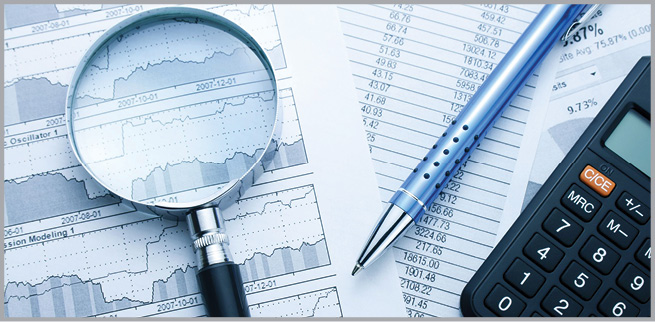Celtic phoenix? Ireland’s credit revival


Ireland’s apparent economic revival is the envy of other Eurozone countries which experienced similar economic collapse over the last decade during the worst financial crisis since the Great Depression.
Regaining an A-grade credit rating in 2016, Ireland’s debt is now trading at similar levels to AA-rated France. On several occasions, earlier this year, the spread between Irish and French bond yields (the interest fee paid to borrow money) has even gone negative, resulting in Irish debt trading at a marginally higher price. Likewise, the spread between Irish and German bonds has also reduced to lowest point of the last decade.
Irish economic growth hit 5.2 per cent in 2016 and the IMF predicts that it is set to grow by a further 3.5 per cent in 2017. Wider macroeconomic trends in Europe, such as the collapse of the threat posed by populist Eurosceptic parties, have augmented business and consumer confidence alike, benefitting Ireland’s bond yields.
The scarcity of Irish bonds also has a significant impact on their pricing. In an effort to curb borrowing costs during the bailout, the ECB bought large volumes of Irish bonds on the secondary market. As a result, 40 per cent of outstanding Irish bonds are held by foreign official bodies. This has reduced the availability of Irish debt for other investors.
As such, in July, the dearth of Irish paper resulted in revenue being raised at a negative yield for the first time. In other words, in a break from the norm, bondholders are now paying to lend money to Ireland and hold sovereign debt.





